Mushroom Recipes
Develop The Skills You Need For Life
Peruse some fungi-themed recipe favorites from NAMA’s Culinary Committee. Would you like to feature a recipe on our website? Send an email with your company name, website, phone number, email, contact information, photo and recipe to culinaryarts@namyco.org to be considered for submission.
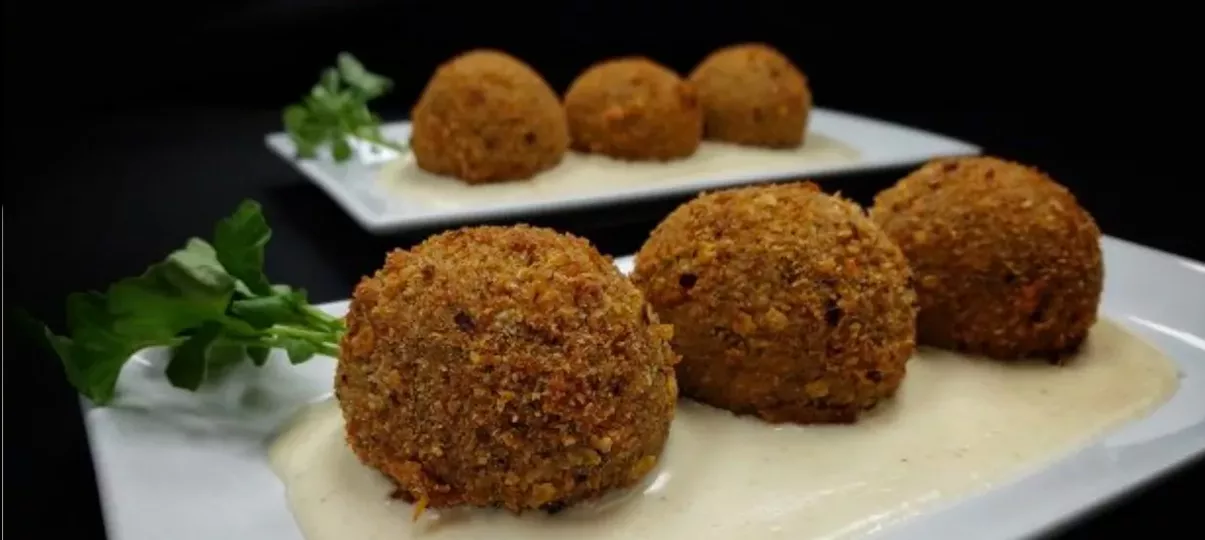
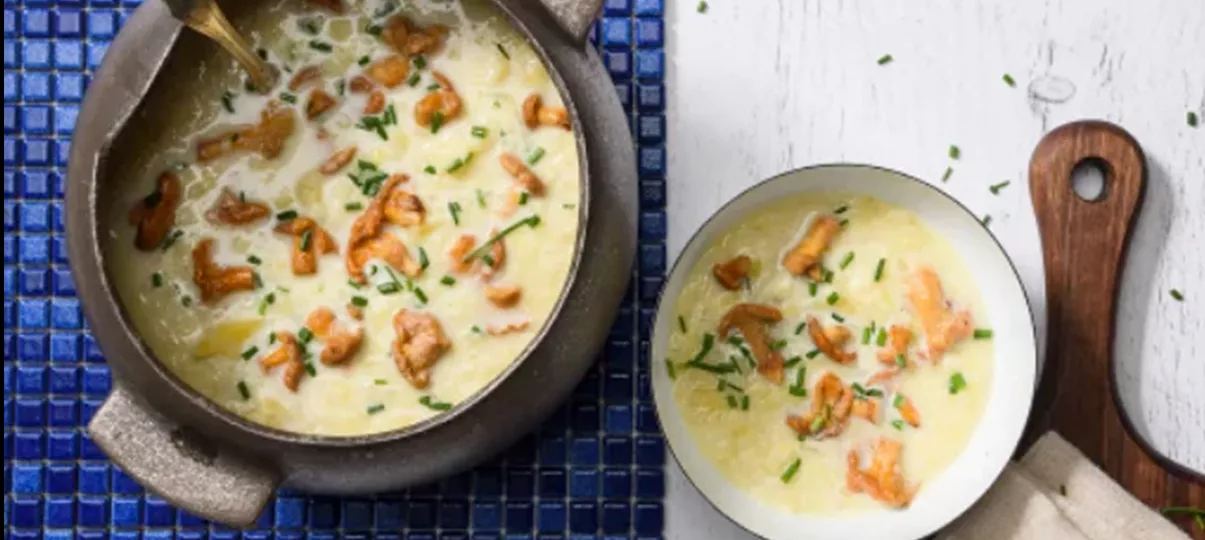

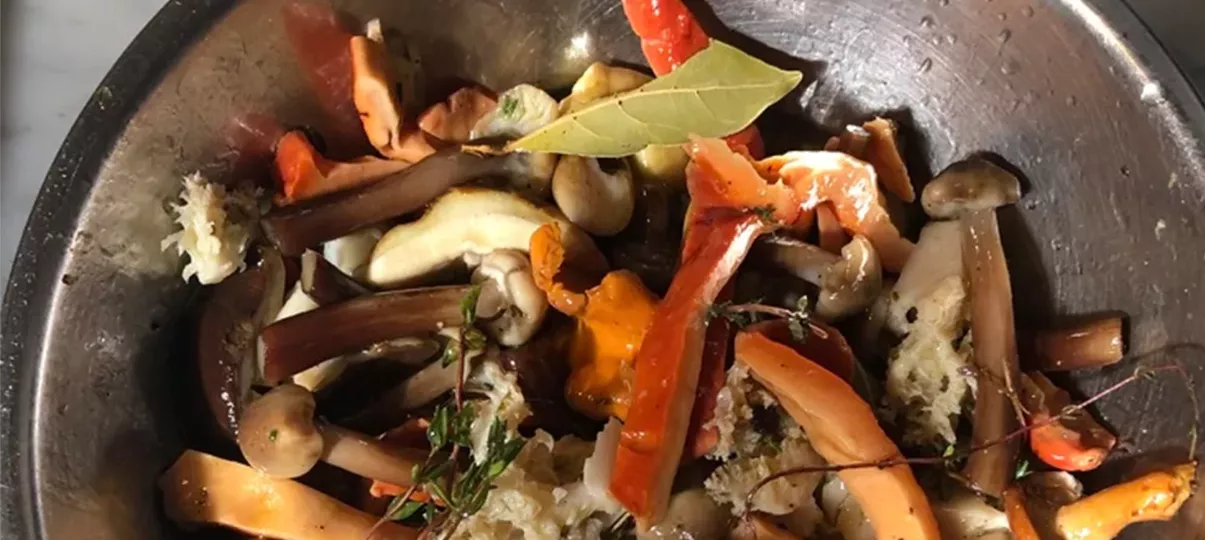
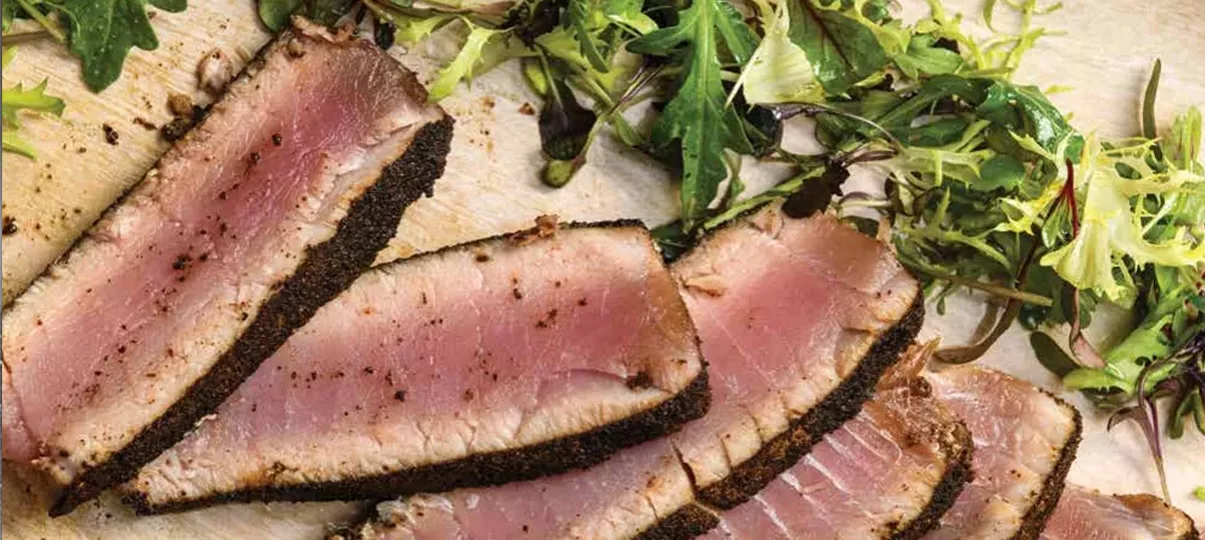


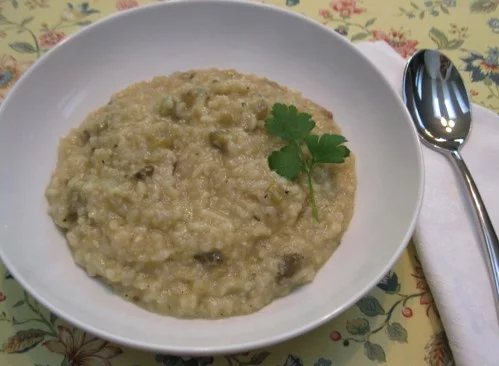

NAMA Store >